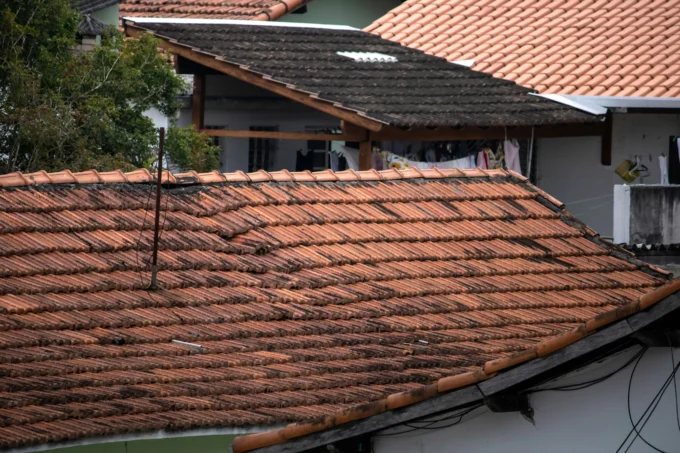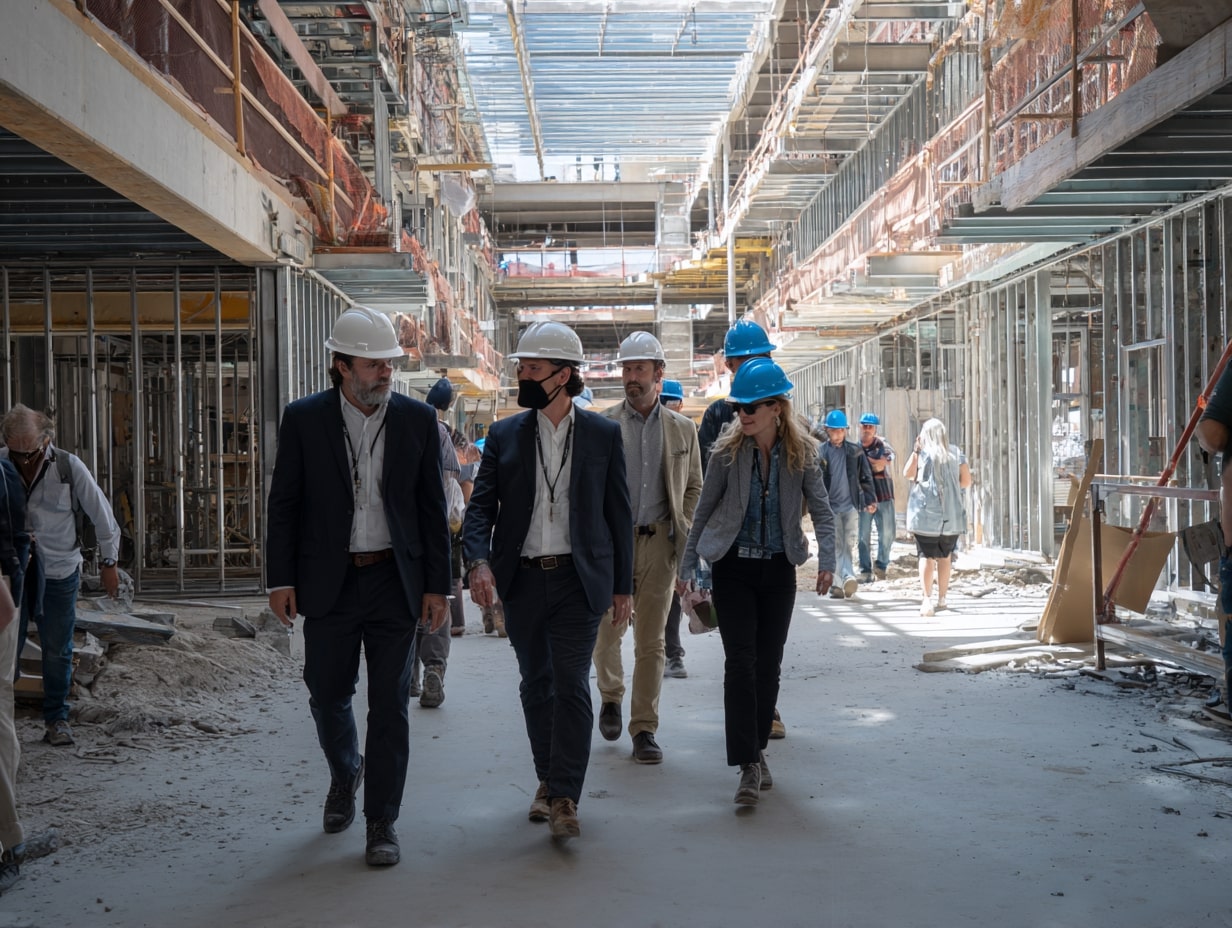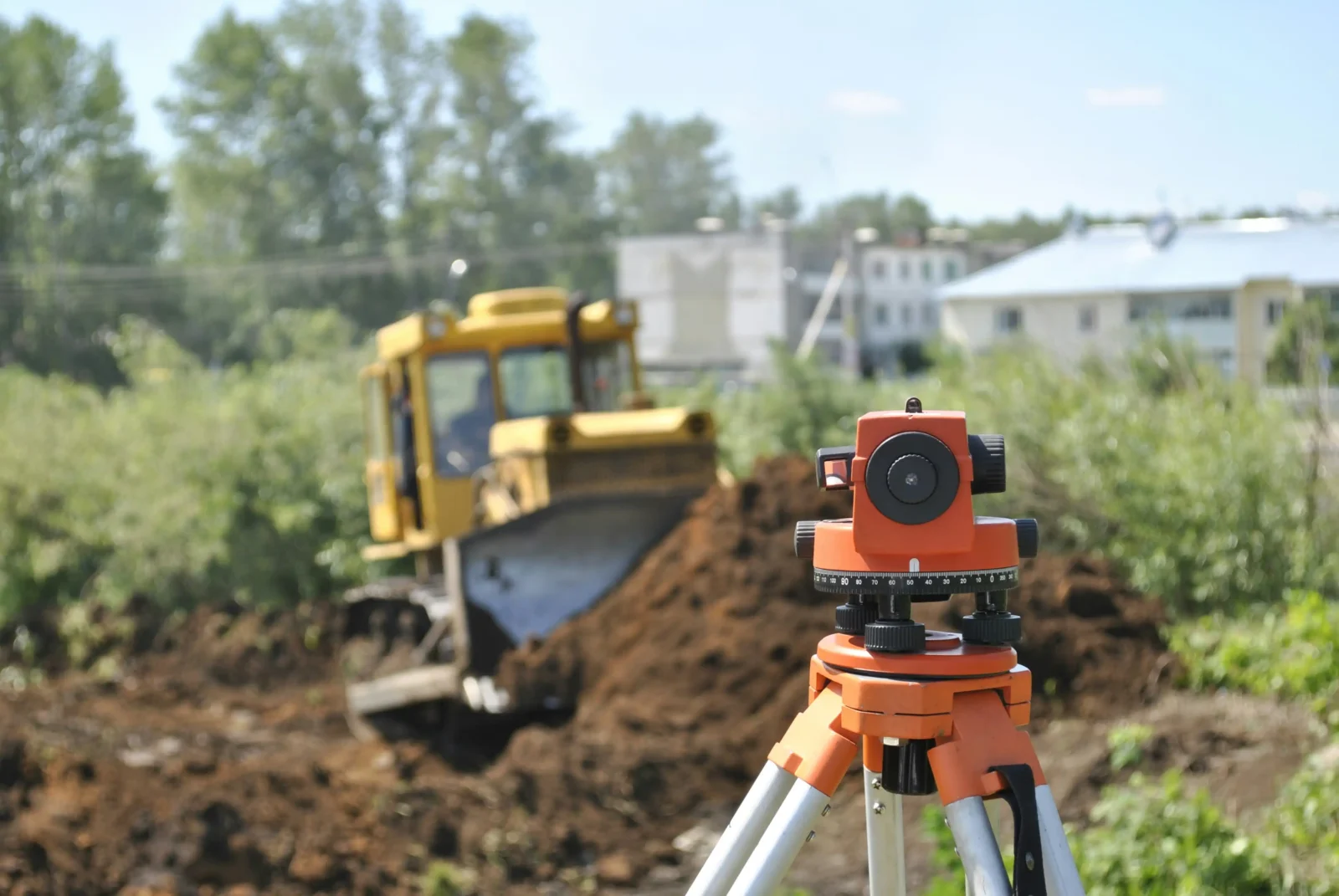- Home
- Articles
- Architectural Portfolio
- Architectral Presentation
- Inspirational Stories
- Architecture News
- Visualization
- BIM Industry
- Facade Design
- Parametric Design
- Career
- Landscape Architecture
- Construction
- Artificial Intelligence
- Sketching
- Design Softwares
- Diagrams
- Writing
- Architectural Tips
- Sustainability
- Courses
- Concept
- Technology
- History & Heritage
- Future of Architecture
- Guides & How-To
- Art & Culture
- Projects
- Interior Design
- Competitions
- Jobs
- Store
- Tools
- More
- Home
- Articles
- Architectural Portfolio
- Architectral Presentation
- Inspirational Stories
- Architecture News
- Visualization
- BIM Industry
- Facade Design
- Parametric Design
- Career
- Landscape Architecture
- Construction
- Artificial Intelligence
- Sketching
- Design Softwares
- Diagrams
- Writing
- Architectural Tips
- Sustainability
- Courses
- Concept
- Technology
- History & Heritage
- Future of Architecture
- Guides & How-To
- Art & Culture
- Projects
- Interior Design
- Competitions
- Jobs
- Store
- Tools
- More
The Most Common Risks in Construction and How to Avoid Them

If construction workers have learned anything, no two days on the job are identical. One day, there is a blue sky and easy sailing but the next, a surprising danger is poised to derail the operation. The reality? The construction industry is among the riskiest work environments on the planet.
From electricity lines to skyscraper scaffolding, every project has risks that might transform an ordinary workday into a catastrophic event. Though newer structures have the latest technology and more excellent safety features, accidents occur due to ignored hazards or inadequate preparation.
The good news is that most construction-related accidents can be avoided. Employers and workers can effectively minimize risks by knowing the most common hazards on a construction site and taking the initiative to prevent them. Below are the primary building hazards and, more importantly, how to avoid making costly or fatal mistakes.
Table of Contents
ToggleHeavy Machinery Accidents: It’s More Than a Fender Bender
Heavy equipment powers construction sites, but those massive machines can become deadly liabilities when misused. Forklifts tipping over, cranes running over employees, and bulldozers driving into structures are not unusual. One wrong estimate can cause serious injury or fatality.
Most of these accidents result from inadequate handling, training, or visibility. Employees who lack the necessary skills to operate machines endanger everyone. That is why certification is not merely a technicality—it’s a requirement. One of the most straightforward ways to lower forklift accidents is having well-trained staff obtain credentials with USForkliftCertification.com.
Proper training makes operators familiar with maneuvering around hazards, conducting safety checks, and handling equipment wisely. Heavy equipment isn’t hazardous, but untrained operators are. Training can prevent fatalities and maintain project flow.

Falls: The Number One Killer on Construction Sites
Ask seasoned construction workers what frightens them the most, and they will probably tell you it is falling and it’s for a good reason. Accidents from falls are the top cause of fatalities in the construction industry. A single misstep on a ladder or scaffolding can result in severe injury or even death. Of these falls, they mostly take place because there are no guardrails, the surface is uneven, or workers are leaving out harnesses because they’re “doing something quick.”
To minimize the risk, construction sites need more demanding fall protection standards. Employees should wear harnesses and safety nets, and use the correct ladders. Supervisors must enforce safety procedures. A safe worksite is not all about regulations—it’s about ensuring everyone goes home at night to their families.
Electrical Hazards: The Invisible Threat
You might not necessarily notice the bare wire or the lethal current flowing through an overhead power line—until it’s too late. One of the most common construction causes of death is electrocution, frequently caused by shoddy wiring, sloppy work, or poor planning.
Wearing protective gear, keeping clear of electrical cables, and checking for live wires before embarking on any work can help the workers reduce the risk. The employer is responsible for having circuits grounded and qualified staff for electrical work.
Electricity doesn’t leave second chances, and being careless with it is a risk nobody can afford to take.
Trench Collapses: When the Ground Betrays You
Digging is tricky. Although a trench may appear stable, one misstep can collapse tons of soil, instantly burying workers. These collapses occur more frequently than they ought to, and the outcomes are nearly always severe.
To avoid this, construction crews must use trench boxes, shoring, and sound slope practices. Digging and praying isn’t an option—soil isn’t selective about your skill.
Safety checks ought to be routine before anyone ever sets foot into a trench. No deadline is worth a life, and cost-cutting regarding excavation safety is a risk no site should attempt.
Struck-By and Caught-In Accidents: The Silent Killers
Struck-by and caught-in incidents are two of the most overlooked hazards on a construction site. These incidents happen instantly and typically end in disaster, whether an employee is struck by a swinging beam, trapped between two massive objects, or stuck beneath gear.
Awareness and appropriate protective equipment are the best defense. Hard hats, visibility shirts, and open-site communication eliminate these dangers. Employees should never rely on being seen by equipment operators because, too often, they are not.
Employers need to establish strict safety zones and expect workers to be vigilant. Nobody anticipates being struck by falling materials or crushed between pieces of machinery, yet neglect to plan can lead to close calls that become life-changing incidents.

Fatigue and Mental Slips: The Dangers Nobody Discusses
Long hours, close deadlines, and backbreaking physical work create a deadly mix: fatigue. When employees are tired, errors occur. Slow reaction times, lousy judgment, and spacing out at the wrong moment can cause catastrophic accidents.
The solution isn’t just telling workers to “get more rest.” Employers must enforce scheduled breaks, rotate shifts, and create a culture prioritizing well-being over speed. Tired workers aren’t just less productive. They are a liability to themselves and their crew.
Ignoring fatigue doesn’t make it disappear—it just makes accidents more likely.
Conclusion: Safety is a Team Effort
Construction is inherently risky, but accidents aren’t unavoidable. A safe worksite relies on preparation, vigilance, and a commitment to doing the job right, even when inconvenient. Every choice, from training to safety protocols, matters. Employees, management, and companies must prioritize safety together. The aim is to finish the job and ensure everyone returns home safely.
illustrarch is your daily dose of architecture. Leading community designed for all lovers of illustration and #drawing.
Submit your architectural projects
Follow these steps for submission your project. Submission FormLatest Posts
Construction Projects Key Skills for Effective Management
Construction projects key skills for effective management: a practical guide to scope...
Key Features to Look for When Investing in Construction AI Cameras
Continuous monitoring is crucial on construction sites for effective accident prevention. Artificial...
Why Legal Support Is Critical After a Serious Construction Accident
If you are dealing with a construction accident or have ever watched...
7 Common Myths Every Contractor Should Stop Believing
The construction landscape is a complicated place at the best of times,...












Leave a comment